Meet the intrepid explorer who ran the entire 630 miles of the South West Coast Path
This summer, explorer George Bullard and paragliding coach Alex Ledger ran the entire length of the South West Coast Path to raise money for brainstrust.org.uk. He spoke to Rosie Paterson.

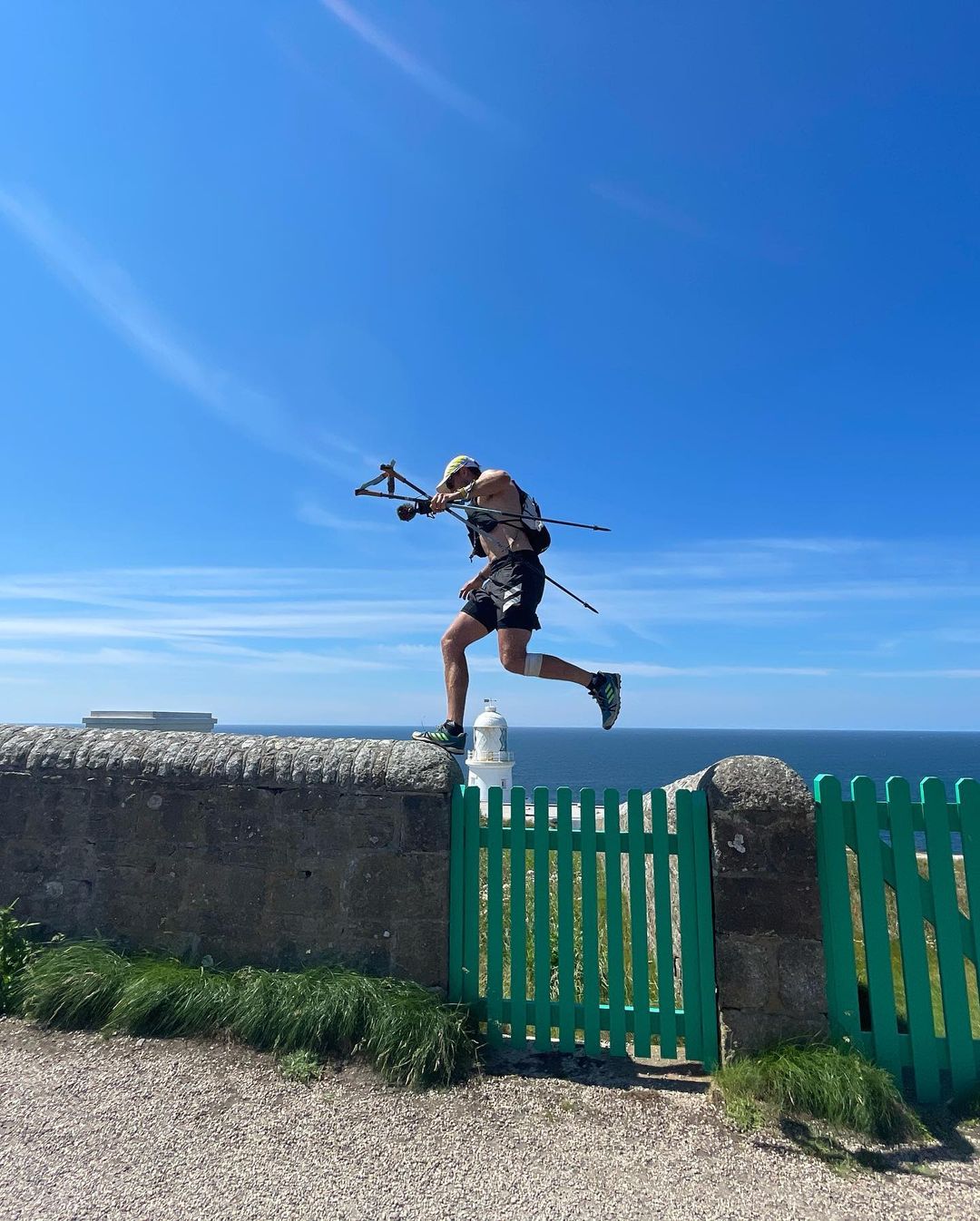
What is the South West Coast Path?
It’s England’s longest national trail. It’s 630 miles in total, from Minehead in north Somerset along the north coast down to Land’s End and then back along the south coast, to Poole, to Studland Beach.
I’ve also got another handy stat for you: it’s incredibly hilly! In total you cover 35,000m of vertical ascent, which is the same as travelling...let’s try...to the moon? [Googles distance to the moon.] No, it turns out “how far away is the moon” is a long way. It’s 384,000 miles. So we sadly only did a tenth of that.
That’s quite a cool stat though! It’s almost four times up Everest.'
Why on earth did you decide to run it?
We had two main aims: one was to raise money for charity. We picked three causes: Brainstrust, because a very good friend of mine is suffering from a high grade brain tumour; SSAFA, the veterans charity; and the South West Coast Path Association because without their maintenance of this trail it wouldn’t have been possible to do any of this.
And secondly, we did it because we’ve all had so little of the outdoors and adventure over the last year, or 18 months, and we wanted to do an adventure where people could come and join us.
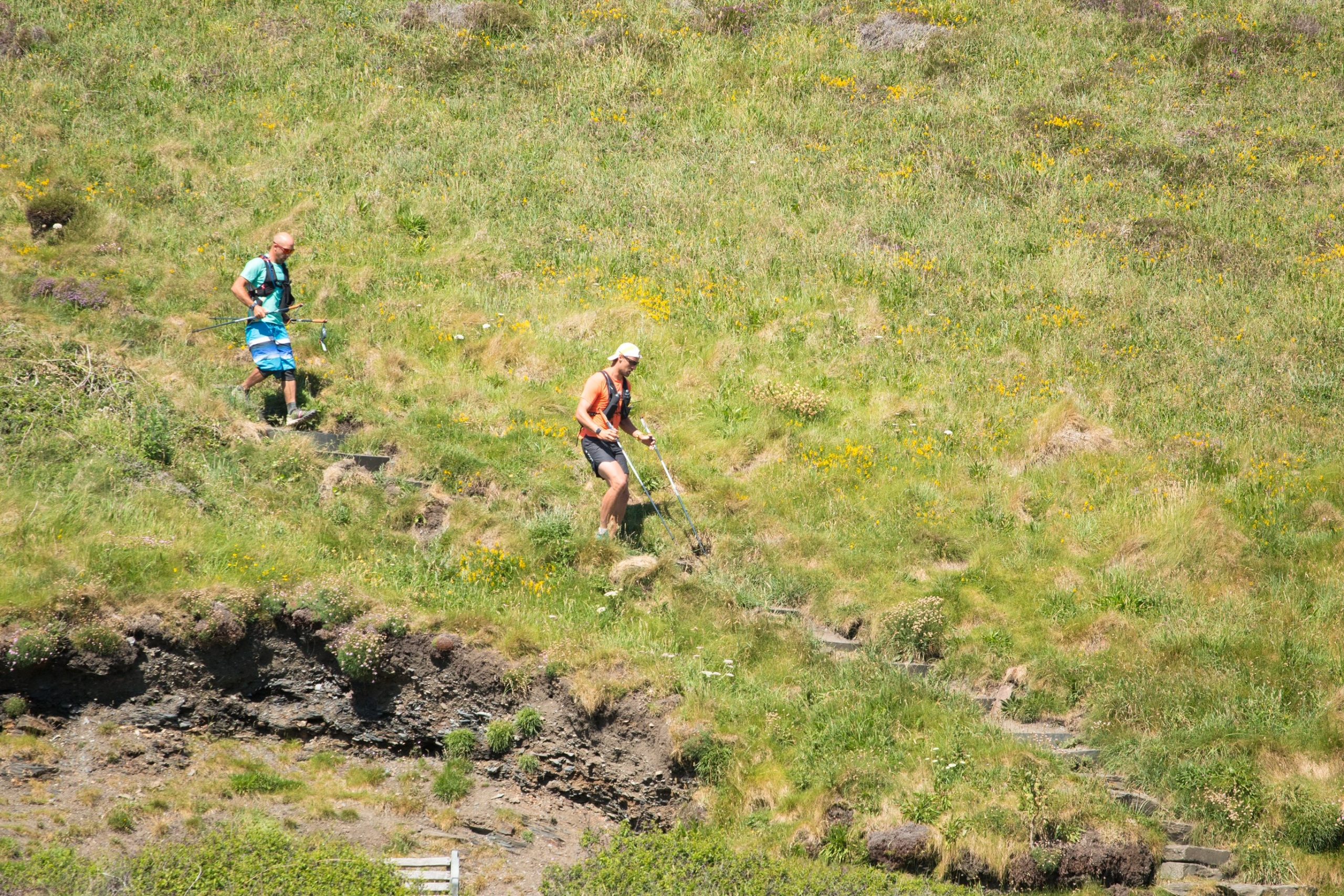
Once we’d finished running, assuming the weather was good enough, we’d invite our community to come and cliff jump with us, or swim in the sea with us, or come flying with us, or to go kayaking or paddleboarding. So, we really filled our time with other activities at a leisurely pace. We weren’t looking to break any records. It was more about the adventure and living in the moment.
It was an amazing opportunity to live, to be, with lots of different people from lots of different walks of life. We had 93 people join us in total.
Exquisite houses, the beauty of Nature, and how to get the most from your life, straight to your inbox.
Who were you running with? And did you have a support crew?
Good point! I ran this trip with a guy called Alex Ledger, who runs a company called Sky School and teaches people how to paraglide and paramotor. And we had a support crew of three people: one guy was in charge of the community and bringing people down, the other was in charge of logistics and operations and the third guy was the content creator.
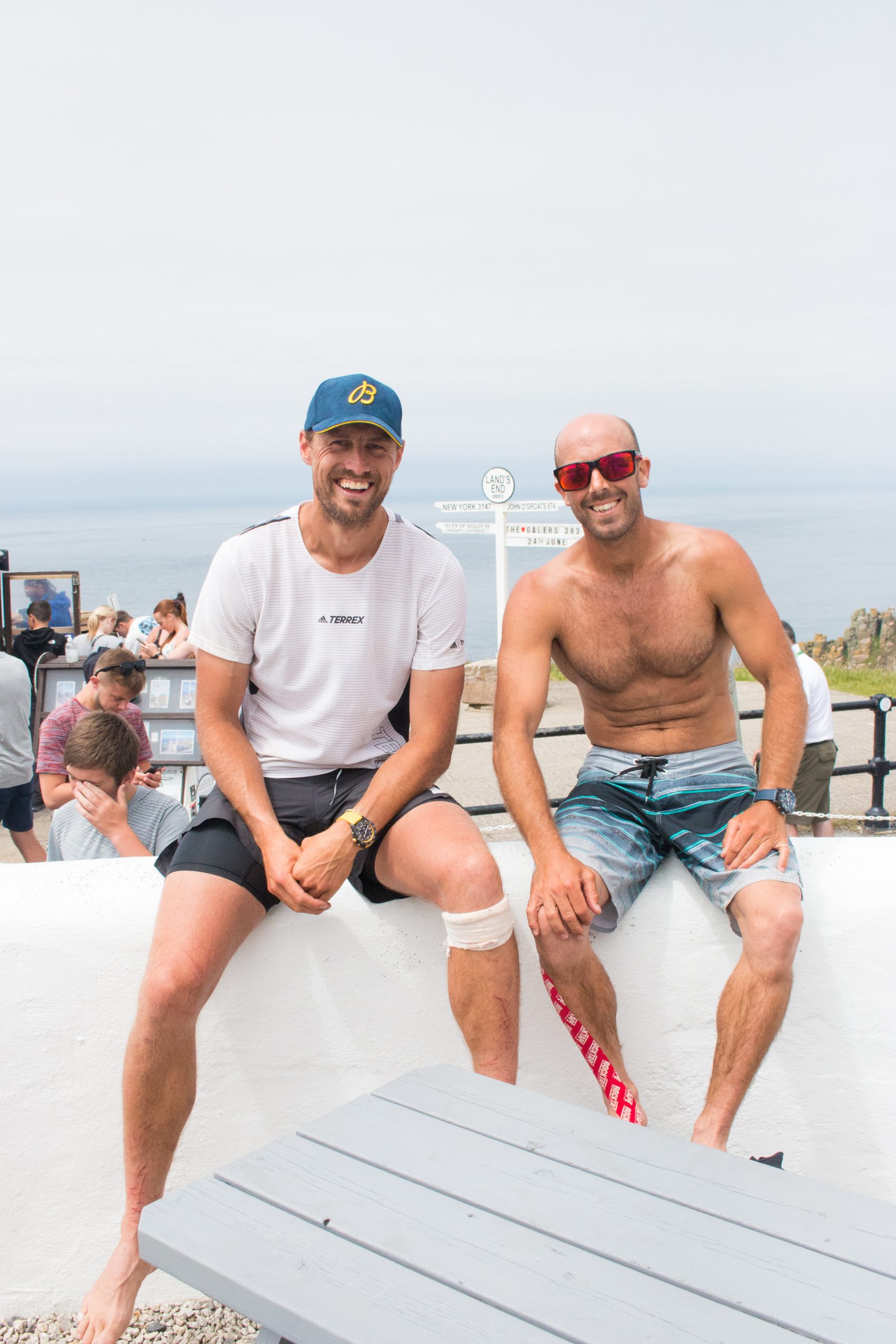
Did people you didn’t know join in, or was it all friends?
Yeh! I had people who I didn’t know come down — mainly through the power of Instagram.
I hear that you also went on some dates in your down time…
[Laughs.] So, I think I’d say I went on… [Silence.] Ok, it’s a phenomenal story, so it deserves to be shared. There was one date: she was staying in a holiday cottage and I flew in on a paramotor to land in the garden in time for breakfast, and then flew back to carry on running.
Did Alex teach you to fly?
Yes, I first met Alex on an IGO Adventure in Norway and he was the aerial photographer. One day, he literally threw me off a cliff with a parachute attached to my back — the first time I’d ever done the sport or lifted a canopy above my head, after just a few hours of ground training. Luckily, I gently glided back down to camp.
What were some of the highlights of the run?
One of my favourite days was the one when we went around Land’s End. It was such a stark contrast between it and the trail extending either side. It’s such a tourist attraction, but go a few hundred meters in either direction and the land is rough and hilly, and feels very remote.
Around Land’s End itself, you step off the track onto tarmac, full of maybe hundreds of tourists, all queuing up to say that they’ve been to the end of England. And then you pass through and they’re all gone.
There were also amazing beaches. One we visited — and swam off — could only be reached by climbing down through a cave. The entire beach was no bigger than a football goal. It was completely remarkable. There were lots and lots of occasions like that where the coast path really surprised us with its beauty, with its hidden gems.
Any particular favourite beaches you can name?
Clovelly. We stumbled across it on the north coast [of Devon]. There are no cars in the village. I think things are brought to your house by donkey and sledge. It’s a village that time’s forgotten about. I felt like I’d walked into a scene from Poldark.
I don’t think you have to go very far to find these places. The other day, I learned that the average distance people travel from their car, in the Lake District, is 200 yards. That’s pretty terrifying and I can see that being the case around the South West Coast Path, especially at Land’s End.
People park up, they travel a few hundred yards from their car, possibly a bit further to the beach. Whereas some of the real beauty, the really beautiful spots, lie four hundred yards away from your car, or maybe even 1km away, or 5km away from your car. I want to encourage people to go the extra couple of hundred yards.
Were there any moments where you thought ‘oh God, what have I done?’
I’ve never run such a long way in my life and went into this with a bit of an injury — the top of my tibia was bruised and tender to the touch. It was on day two or three when I thought, “we’ve likely got another 30 days of this, how do I get my head around this and keep going?”
I tried to spin it into a positive light: I’m ok now, I can still walk and run. It’s a bit sore, but let’s do everything I can to manage it. I wore compression tights at night; I took anti-inflammatories for a day; wore a bandage around my knee when I ran.
There are very few times when you’re running on flat ground and the path itself can be very steep and very exposed. But, each step was another step closer to arriving at the finish line.'
How many steps did you take in total?
Roughly, 40,000 steps a day. 1.25million steps in total.
What are you planning to do next?
City Camping! I am putting up secure, pop-up campsites in parks and green spaces across London.
Follow George on Instagram at @georgebullardexplorer or Rosie at @rosielkpaterson
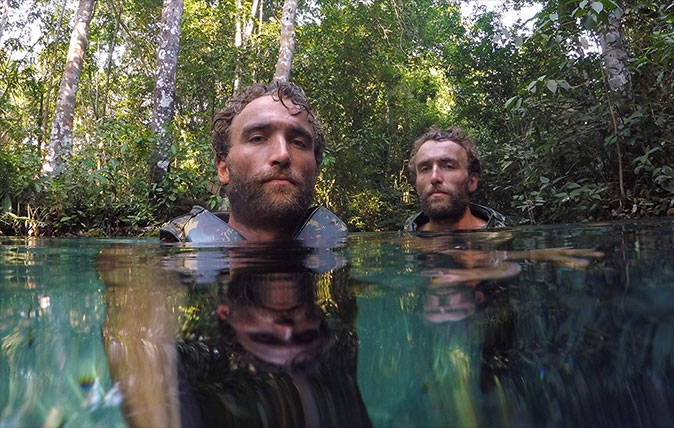
Credit: Turner Twins
The Turner Twins on trekking to the Green Pole, avoiding disaster and 'fields of plastic stretching for miles'
British explorers Ross and Hugo Turner – known as The Turner Twins – are earning a reputation for being two of
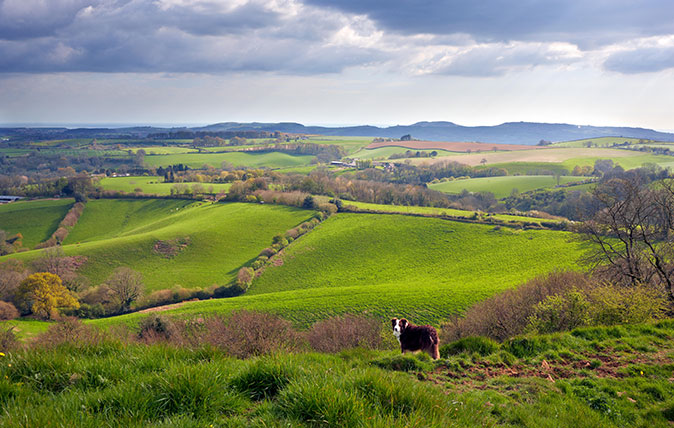
Credit: Alamy
Jason Goodwin: ‘The boys excavated a rusty buckle and I carelessly tossed it over my shoulder – later, we found its identical twin, labelled Roman, in the museum’
Our columnist pays tribute to his late neighbour Dudley Tolley, a farmer who embodied the image of the lovable English
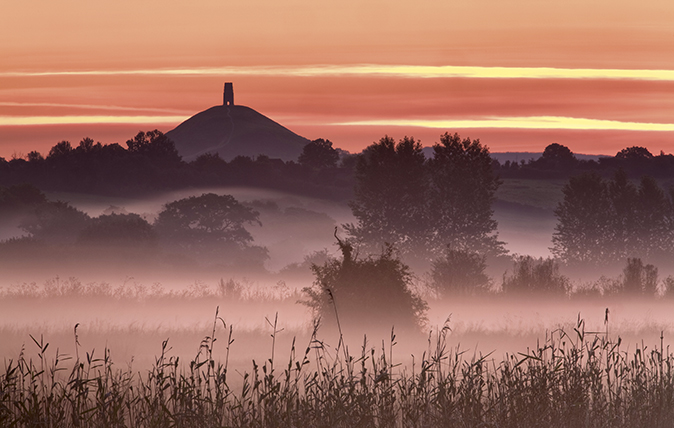
12 fascinating facts about Somerset, from to King Arthur’s Avalon to the skeleton at the bottom of Cheddar Gorge
From the watery Levels and mystical Glastonbury Tor to the wild, heathery hills of Exmoor, Somerset is a vast, mainly
Rosie is Country Life's Digital Content Director & Travel Editor. She joined the team in July 2014 — following a brief stint in the art world. In 2022, she edited the magazine's special Queen's Platinum Jubilee issue and coordinated Country Life's own 125 birthday celebrations. She has also been invited to judge a travel media award and chaired live discussions on the London property market, sustainability and luxury travel trends. Rosie studied Art History at university and, beyond Country Life, has written for Mr & Mrs Smith and The Gentleman's Journal, among others. The rest of the office likes to joke that she splits her time between Claridge’s, Devon and the Maldives.
